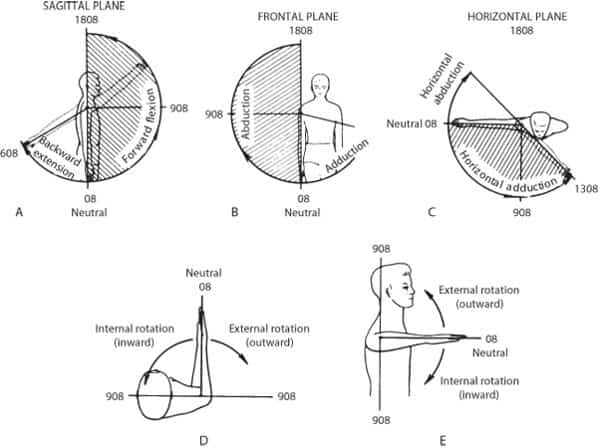
The Shoulder-Elbow Connection (rotations part 2)
In part 1 of this shoulder series, we looked at glenohumeral rotation in the horizontal plane (think shoulders back, chest forward). This post aims to look at its influence in the sagittal and frontal planes, as well as the adaptations that come into play when that pesky elbow gets involved.
 |
| photo credit: s3.amazonaws.com |
Seated row with V-bar rip apart. First is ‘regular, lax’ hands and shoulders. Second elbows in, wrist out external rotation at the glenohumeral (shoulder socket) joint. A variation for those with shoulder issues. #back #row #shoulders #scapula #thinkmovement A video posted by Chris Ruffolo (@ruffolous) on
ELBOW INTERFERENCE
External rotation with flexed elbows and shoulders. Hands slightly off wall, hand/wrists rigid. Part 2 is a wall walk up, continuing the “wrists out, elbows in” or “reverse arm wrestle” positioning. #suefalsone #andothers #externalrotation #shoulders #fixself A video posted by Chris Ruffolo (@ruffolous) on
Band work for glenohumeral (shoulder socket) rotation. First is of arm extended back and elbow straight. Second is arm extended back and to the side with elbow flexed, with elbow being the prime mover. #2 is great for throwers or anyone who puts a bar on their back. #shoulder #rotation #thinkmovement #baseball training A video posted by Chris Ruffolo (@ruffolous) on
The entry exercise in the video above is band extended (arm back) rotations in the sagittal plane. Great for those with tight pecs, especially when hand is held high.
- The shoulder can move in multiple planes of motion, as can external rotation
- Many people are stuck in internal rotation, so the fix is practicing external rotation
- Shoulders should lead the elbows in movement
- External rotation attempts to get force/pressure off the crowded, overused front of the shoulder
- Slight joint tweaks can mean the difference between painful movement and non-painful movement



